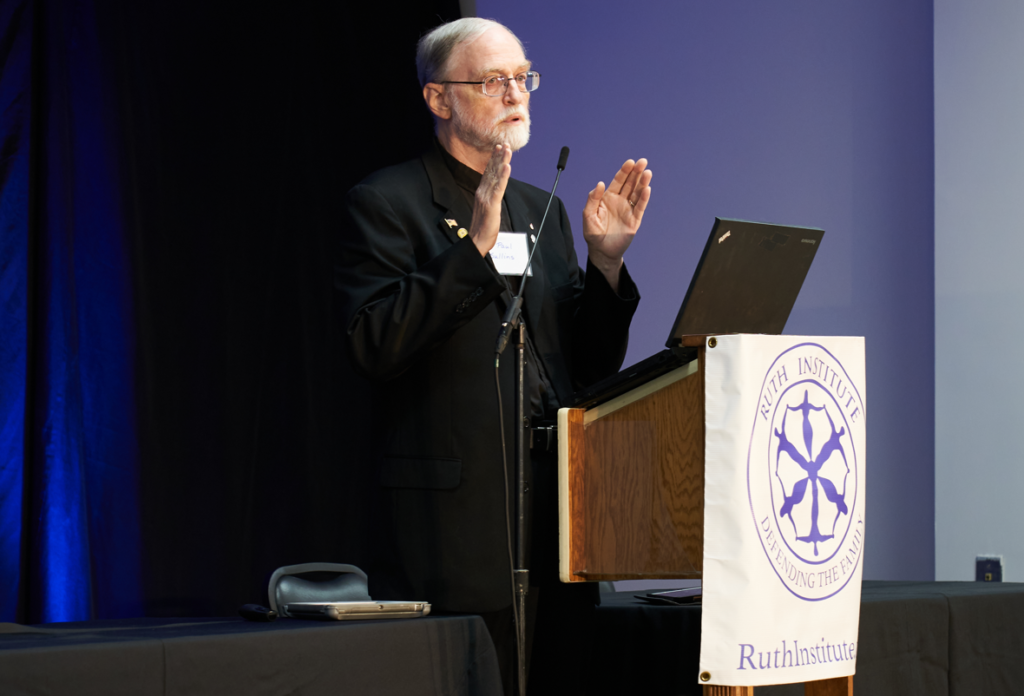
By Jonah McKeown CNA Staff, Dec 19, 2023
A widely-cited study purporting to show a link between the controversial practice of “conversion therapy” and increased suicidal ideation is seriously flawed from a scientific perspective, according to an analysis from a Catholic priest and researcher.
Father Paul Sullins, a married priest who holds a doctorate in sociology and who previously taught at the Catholic University of America in Washington, D.C., highlighted his findings in a press conference organized by the Ruth Institute, a Catholic organization that advocates for the freedom of counselors to engage in “client-chosen, client-directed talk therapy.”
At issue is a 2020 study often referred to as “Blosnich et al” (after the name of its lead researcher), which purports to study the effects of sexual orientation change efforts (SOCE) on people who identify as LGBT. That study concluded that undergoing SOCE was associated with “twice the odds of lifetime suicidal ideation.”
This study, Sullins said, has had a “tremendous effect” on efforts around the world to ban conversion therapy. He pointed out that the American Psychological Association (APA) and other leading medical organizations have in recent years disavowed conversion therapy, many of them citing this exact study.
The APA resolution against SOCE, issued in 2021, cited the Blosnich et al article “most prominently” as evidence for its position, as did a similar conclusion released in December 2020 by the British Government Equalities Office.
In addition, the U.S. Supreme Court recently declined to take up a case that challenges the constitutionality of Washington’s “conversion therapy” ban for minors. The Blosnich et al study is mentioned prominently by Washington state Attorney General Robert Ferguson in his petition to the Supreme Court asking the court not to take up the case.
Sullins’ analysis showed, he says, that the Blosnich study failed to control for suicidal ideation that existed before the subjects had ever gone to SOCE.
In a paper on the subject in 2022, Sullins performed a reanalysis of the same “very good” data used in the Blosnich study but controlled for preexisting distress — in other words, looking at whether the subjects involved already had suicidal thoughts and actions before being exposed to SOCE.
After controlling for preexisting suicidality, the negative conclusions of Blosnich disappear, Sullins emphasized.
“They made the fundamental error of associating a cause that took place after the effect,” Sullins explained.
Sullins also found that in the Blosnich data, for those subjects who expressed suicidal ideation, 36% went on to attempt suicide — unless they had been to SOCE, in which case that likelihood was only 10%.
At least four other studies had analyzed their data the same incorrect way, Sullins said, leading to the appearance of suicidal ideation caused by SOCE that actually already manifested before SOCE.

